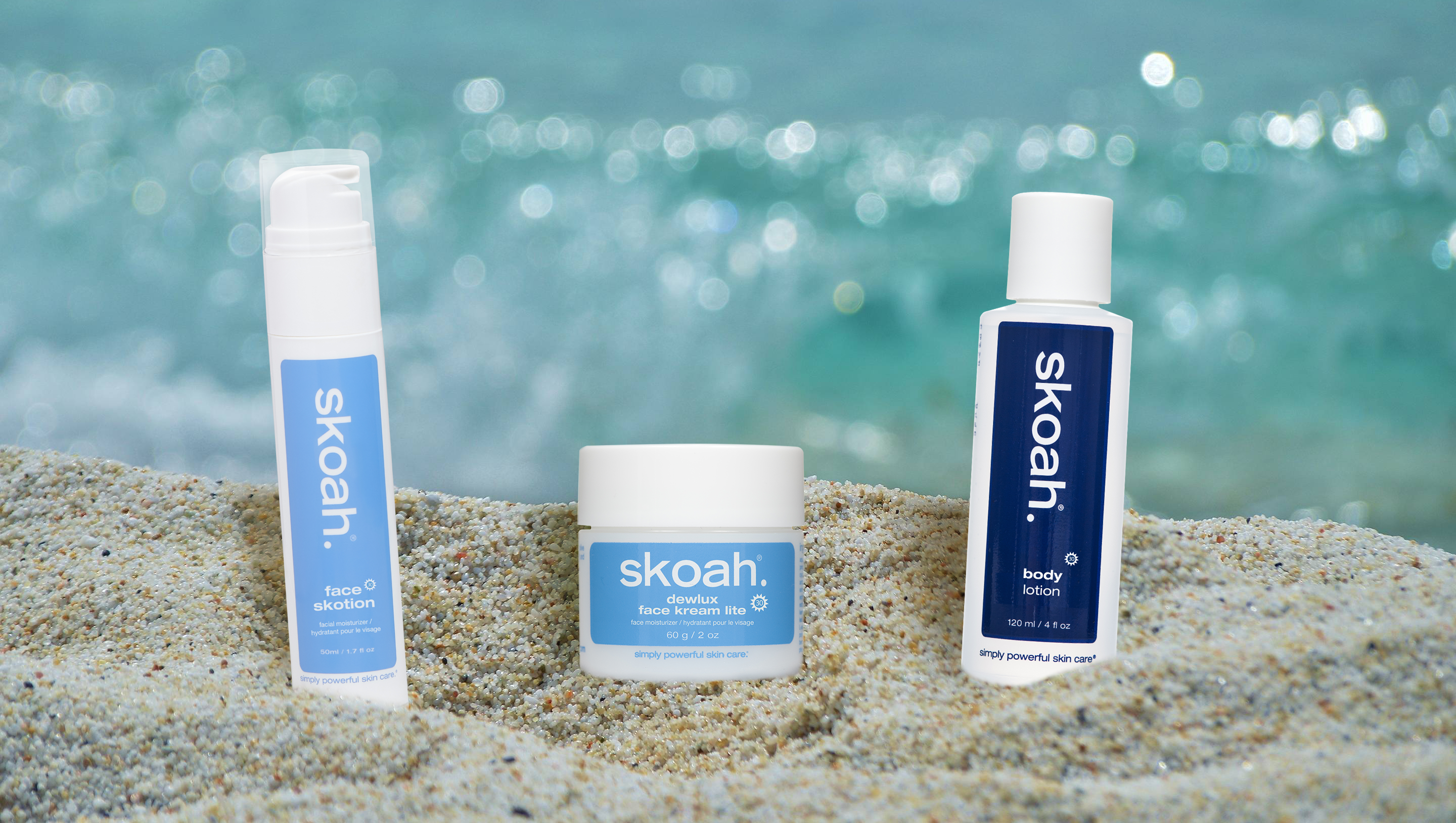What's SPF?
SPF stands for sun protection factor. That's how much longer you can stay in the sun before your skin burns compared to no sunscreen. The number you see is the 'factor' you multiply times the number of minutes your skin usually takes to burn. If your skin naturally burns in 5 minutes, then SPF of 30 means you have 30 times the number of minutes you burn naturally. So in this case - you'll be protected for 150 minutes (2.5 hours).
Minutes to burn without sunscreen x SPF number = maximum sun exposure time
Is SPF 45 or 60 better than SPF 30?
Since sunscreen ingredients wear off, sweat off, or come off by swimming, you should actually reapply every 2 hours no matter what the SPF number is. So, there really isn't much benefit to an SPF of more than 30 since you need to reapply before then anyhow. Likewise, an SPF 45 or 60 has more of the sunscreen ingredients which can feel very heavy and thick.
How do I properly apply sunscreen?
The sunscreen must be absorbed into the top layers of your skin to be effective. Apply 15 to 30 minutes before you step out into the sun. Remember to use a full ounce (shot glass) to cover your body, and a different sunscreen formulated for your face.
What is Natural Sunscreen?
A natural sunscreen creates a physical barrier between your skin and the sun and contains zinc oxide and titanium dioxide. It can feel heavy and dry on the skin, which is something to consider for those hot days.
What is Chemical Sunscreen?
Chemical sunscreens use active ingredients to filter both UVA and UVB rays. These ingredients sit on the outer layer of the skin to provide protection and the molecules do not enter the bloodstream. They also don't feel heavy or leave a white film on the skin. While the word 'chemical may sound scary, it's not. It simply describes how the ingredients function. They essentially absorb the rays and release them from the skin. Sunscreen ingredients are designed to sit on the outer layers of the skin in order to provide protection. The molecules are not designed to enter the bloodstream, nor are they able to penetrate deeply.
What is the difference between UVA and UVB?
The sunlight that reaches us is made up of two types of harmful rays: long wave ultraviolet A (UVA) and short wave ultraviolet B (UVB). UVA rays penetrate deep into the dermis, the skin’s thickest layer. Unprotected exposure can lead to premature skin ageing and wrinkling (photoaging), and suppression of the immune system. While UVA rays don’t cause sunburn, they do penetrate the skin more deeply than UVB rays and can lead to darkening, wrinkles and an increased risk of skin cancer.
UVB rays will usually burn the superficial layers of your skin. It plays a key role in the development of skin cancer. The intensity of UVB rays vary by season, location and time of day, with 10AM to 4PM being the peak hours. Sunburned skin doesn’t just feel awful, it can cause permanent damage over time.
Sunscreens that are “broad-spectrum” offer both UVA and UVB protection.




